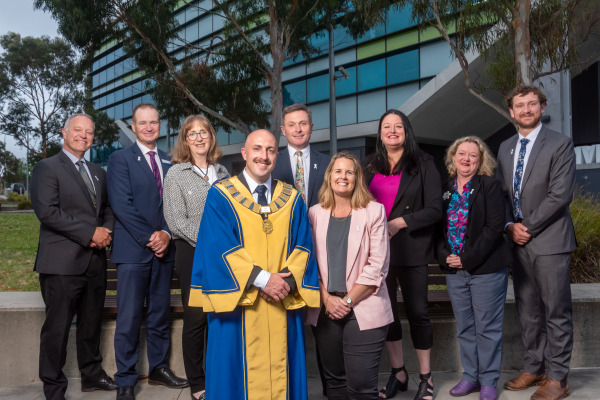The number of people with chronic non-cancer pain prescribed an opioid medicine worldwide increased in the last two-and-a-half decades. But there was only a small number of studies reporting prescription data outside the United States, finds research led by the University of Sydney.
Chronic pain unrelated to cancer includes conditions such as chronic lower back pain, osteoarthritis and rheumatoid arthritis.
The researchers point to such as those from the Centres of Disease Control and Prevention in the United States that discourage the use of opioids to manage chronic non-cancer pain because of concerns about harmful effects and the lack of evidence about effectiveness. The use of opioids in the US and deaths from overdoses and addiction has been said to have reached epidemic proportions.
The systematic review of studies from across the world is the first to examine the literature about the extent opioid pain relievers are being prescribed to manage people with chronic pain conditions.
The findings are in the high-impact Journal of Internal Medicine.
The research spanned eight countries and evaluated 42 published studies that included 5,059,098 people with chronic pain conditions (other than cancer).
Two-thirds of the studies were from the US; one study was from Australia and the other studies were from the United Kingdom, Norway, India, Spain, Denmark and Canada.
Lead author from the University of Sydney’s says that in the period 1991-2015, prescribing of opioid medicines increased markedly.
In the early studies, opioid medicines were prescribed to about 20 percent of patients experiencing chronic pain but the later studies report rates of more than 40 percent.
“Over this period, on average around 30 percent of people with chronic pain were prescribed an opioid medicine,” said Dr Mathieson, from the in the .
“We noted that a higher proportion of people were prescribed a strong opioid medicine such as oxycodone compared to weak opioid pain-relieving medicines.”
The authors also discovered there was insufficient data on the dose and duration of opioids prescribed to patients with chronic non-cancer pain.
Key findings
Opioid prescribing
Between 1991 and 2015, the researchers found in people with chronic pain (unrelated to cancer):
- Opioid prescribing increased over time from approximately 20 percent in early years to around 40 percent in later years.
- On average over this period approximately one in three patients (30.7 percent) were prescribed an opioid medicine.
- The average age of those prescribed an opioid medicine was 55.7 years.
- Prescribing was not associated with the geographical location or the clinical setting where the opioids were prescribed (such as GPs or medical specialists).
Types of opioid painkillers
In 17 studies that described the type of opioid pain relievers prescribed:
- 24.1 percent were strong combination products containing opioids (eg oxycodone plus paracetamol).
- 18.4 percent were strong opioids (eg oxycodone, morphine, fentanyl).
- 8.5 percent were weak opioids (eg codeine, tramadol).
- 11 percent were weak combination products containing opioids (eg codeine plus paracetamol).
An ‘evidence’ gap in global prescription data
The study aimed to establish a baseline for how commonly opioids are prescribed for people with chronic pain conditions (other than cancer). But the authors discovered a crucial evidence gap in prescription data in countries outside of the US.
“While we have sufficient data for this purpose for the US, we have little or no data for other countries,” the authors write.
Dr Mathieson says that studies in other countries, particularly low and middle-income countries, are needed in order to check whether these countries are at risk of the problems seen in the US, where there is liberal use of opioid medicines.
This research is a collaboration between the University of Sydney; the University of Warwick, UK; the University of Notre Dame; the University of New South Wales and Monash University.
If this content has raised issues or concerns for you, please seek the advice of your physician or a qualified medical practitioner with any questions you may have regarding a medical condition.
If you are concerned about someone you know, call on 13 11 14. For advice on suspected overdose, call the on 13 11 26.








